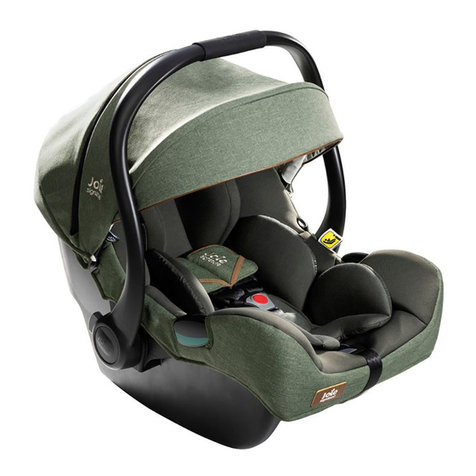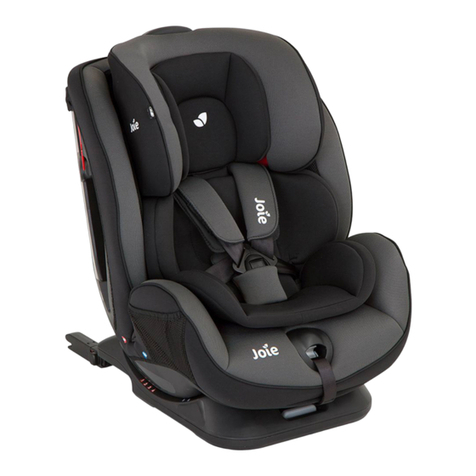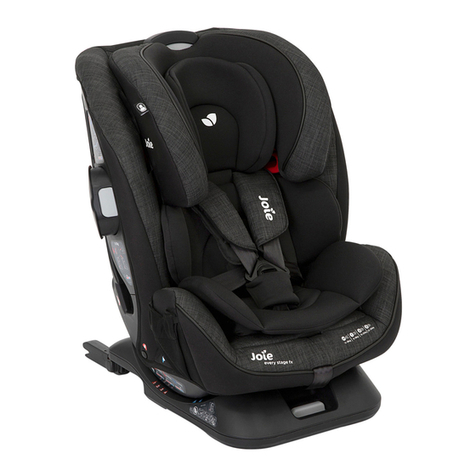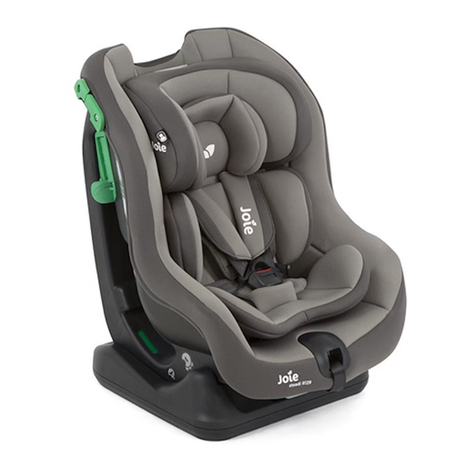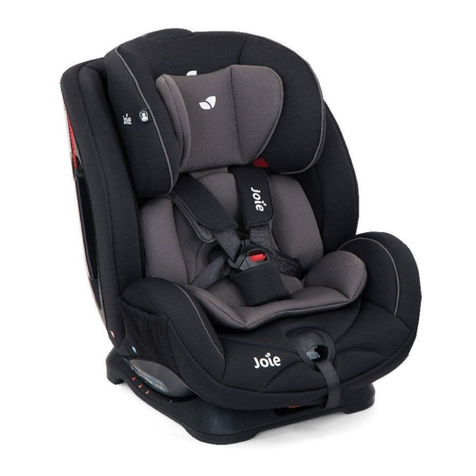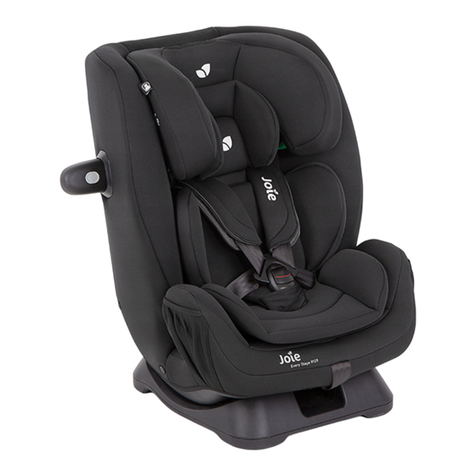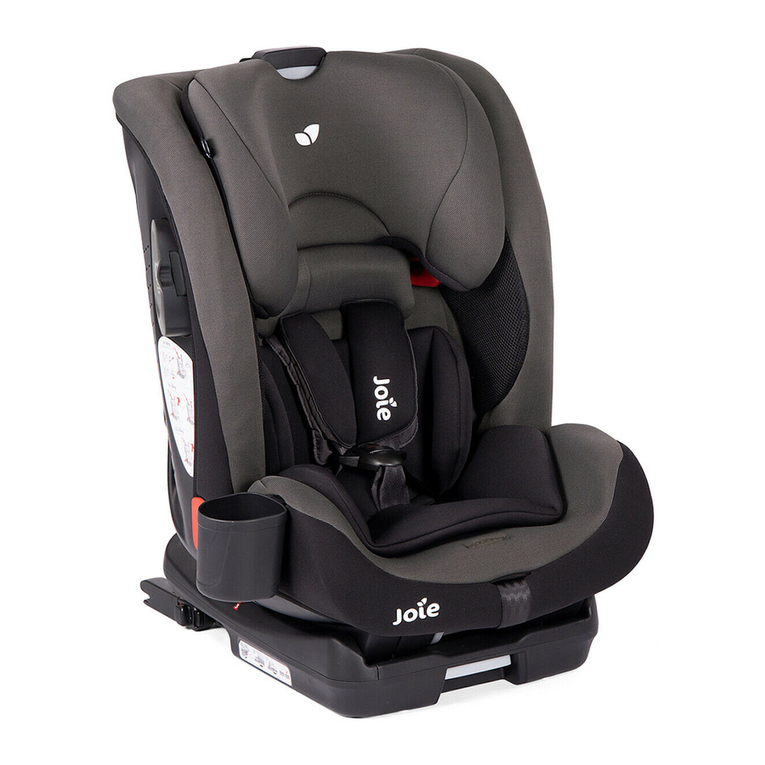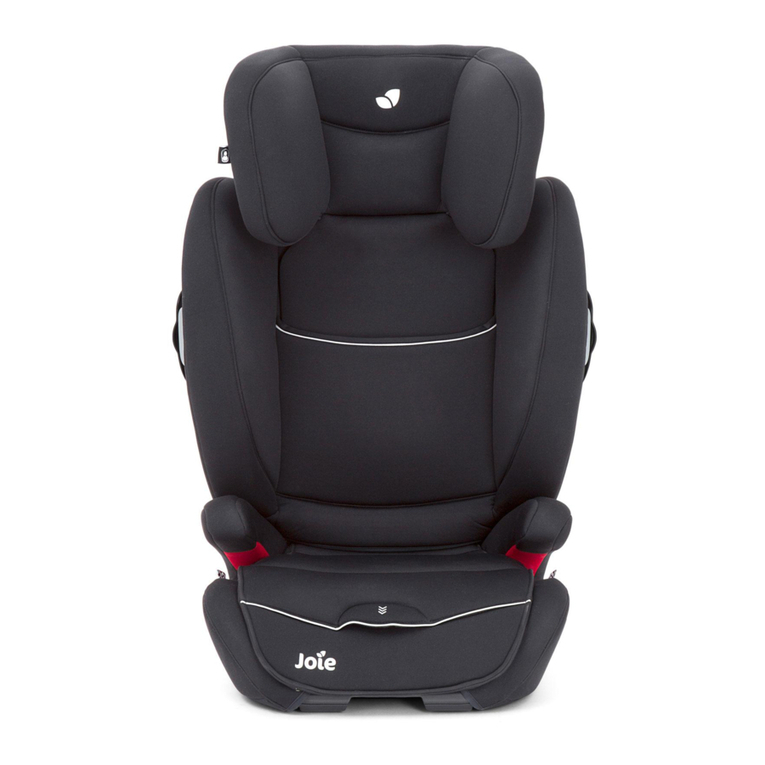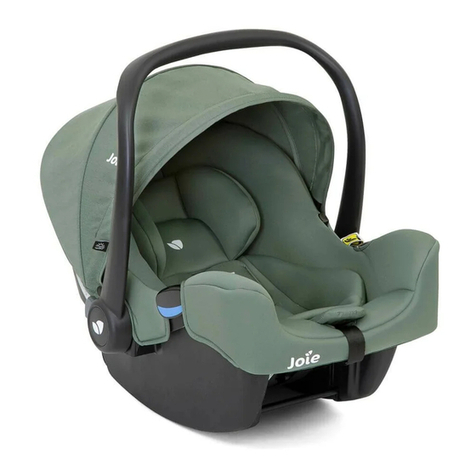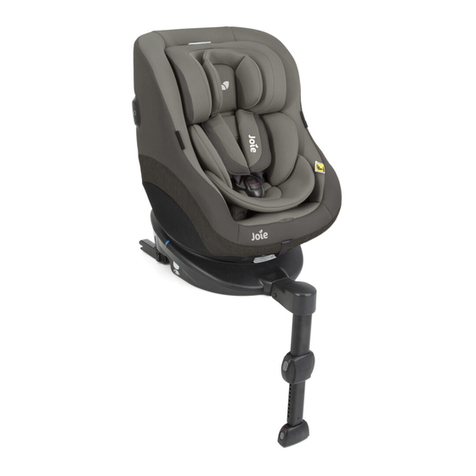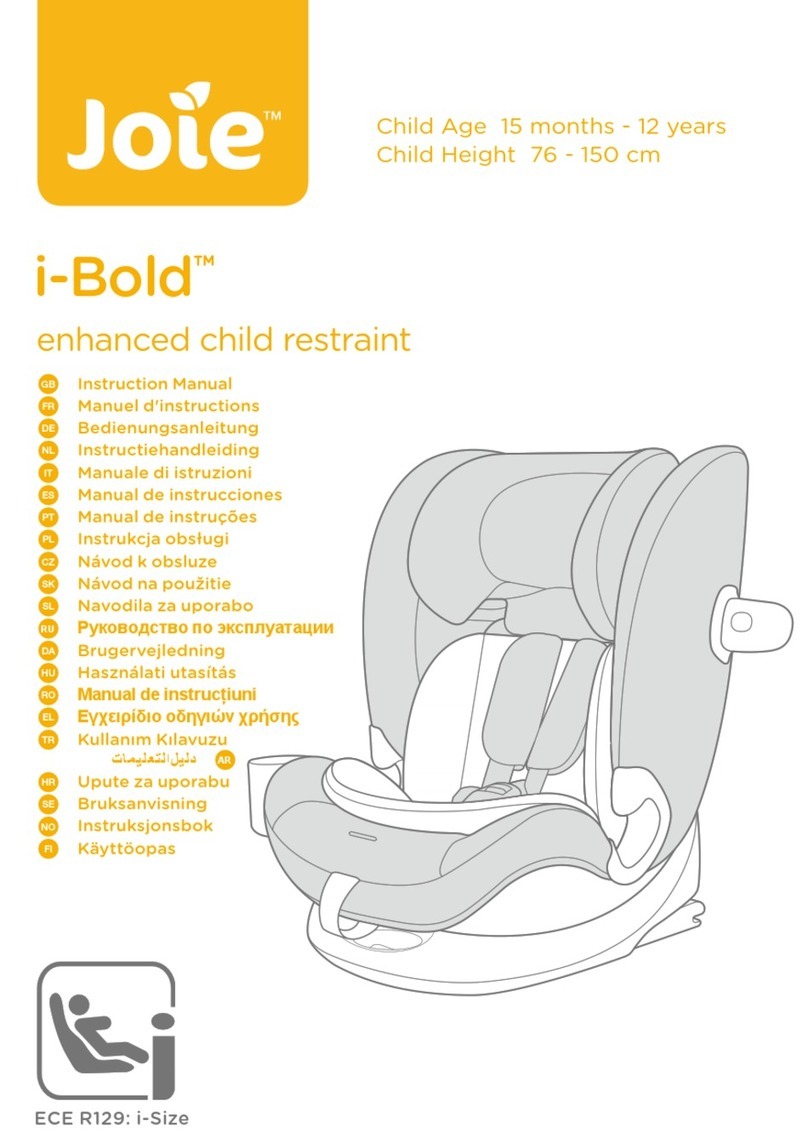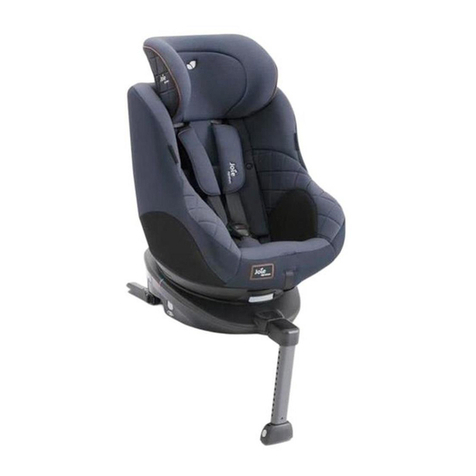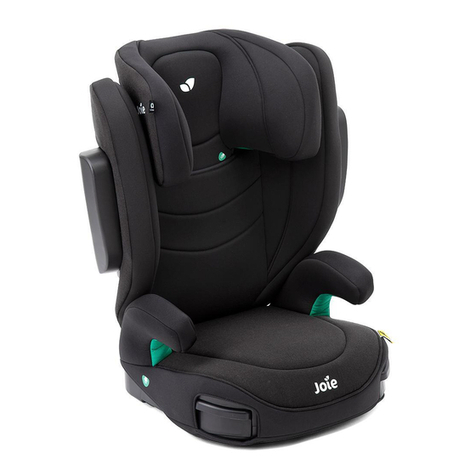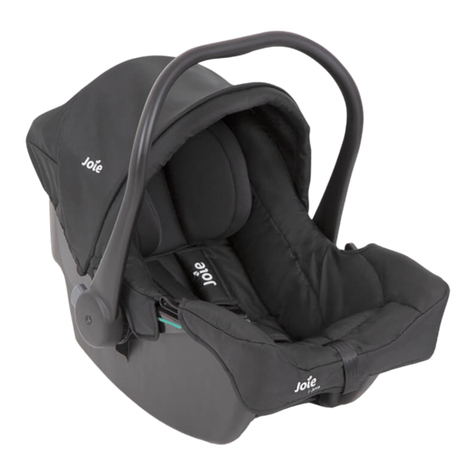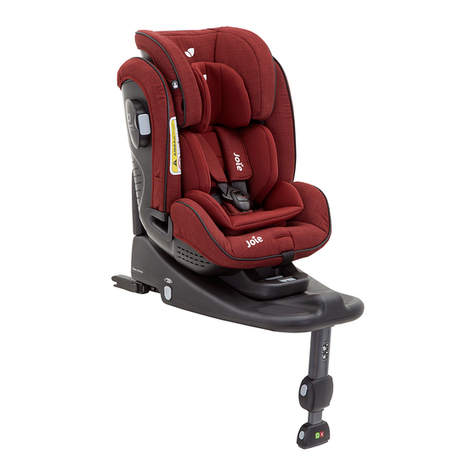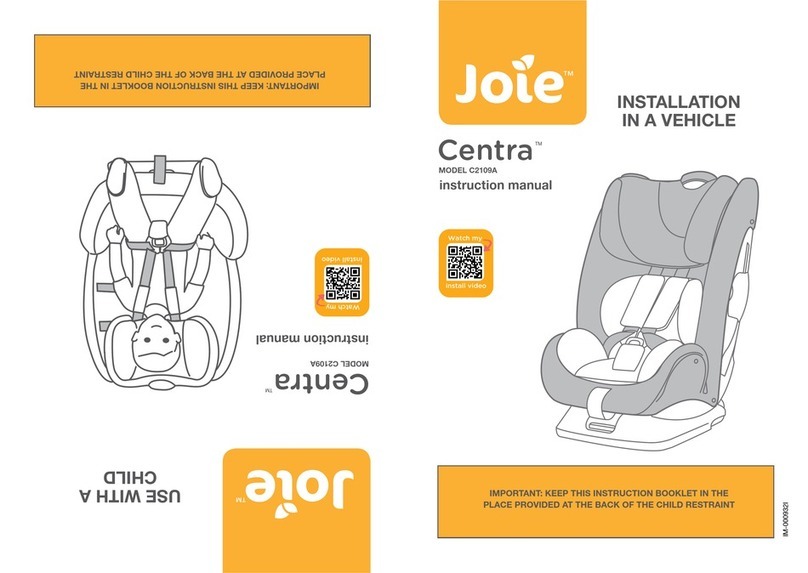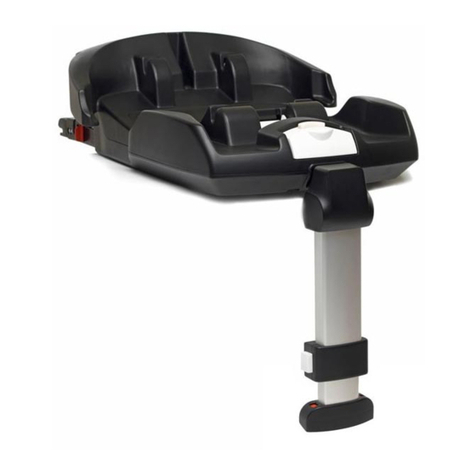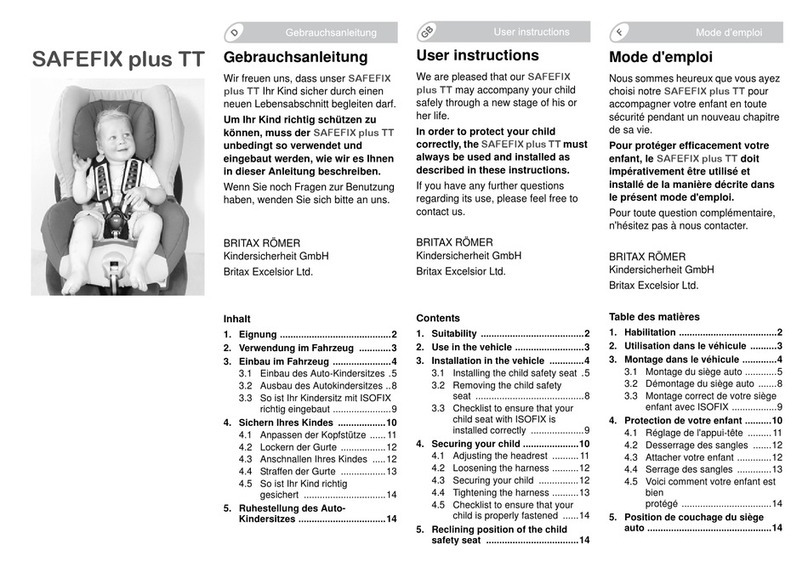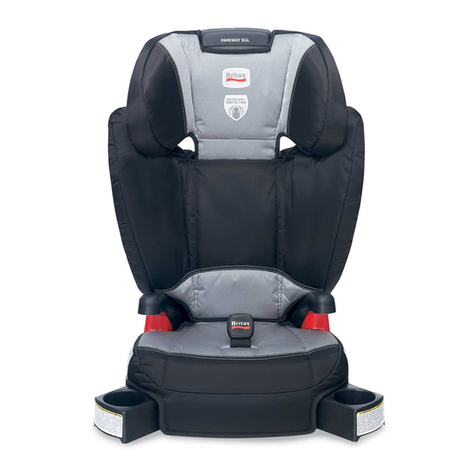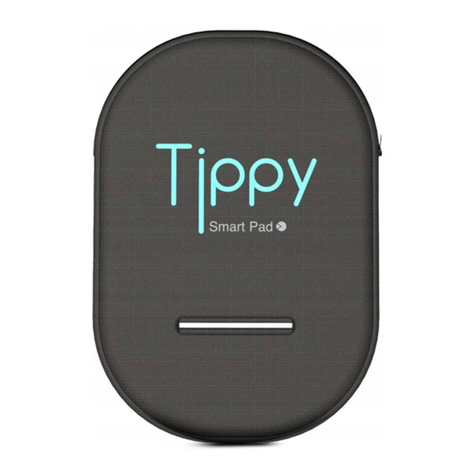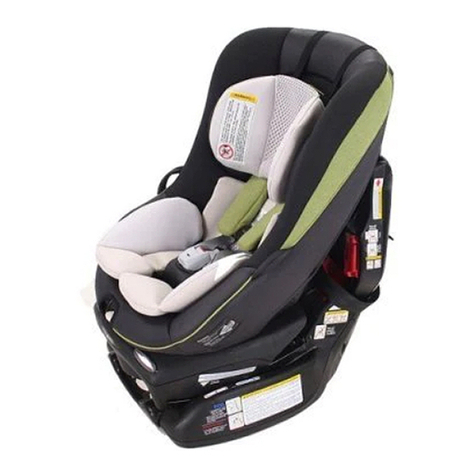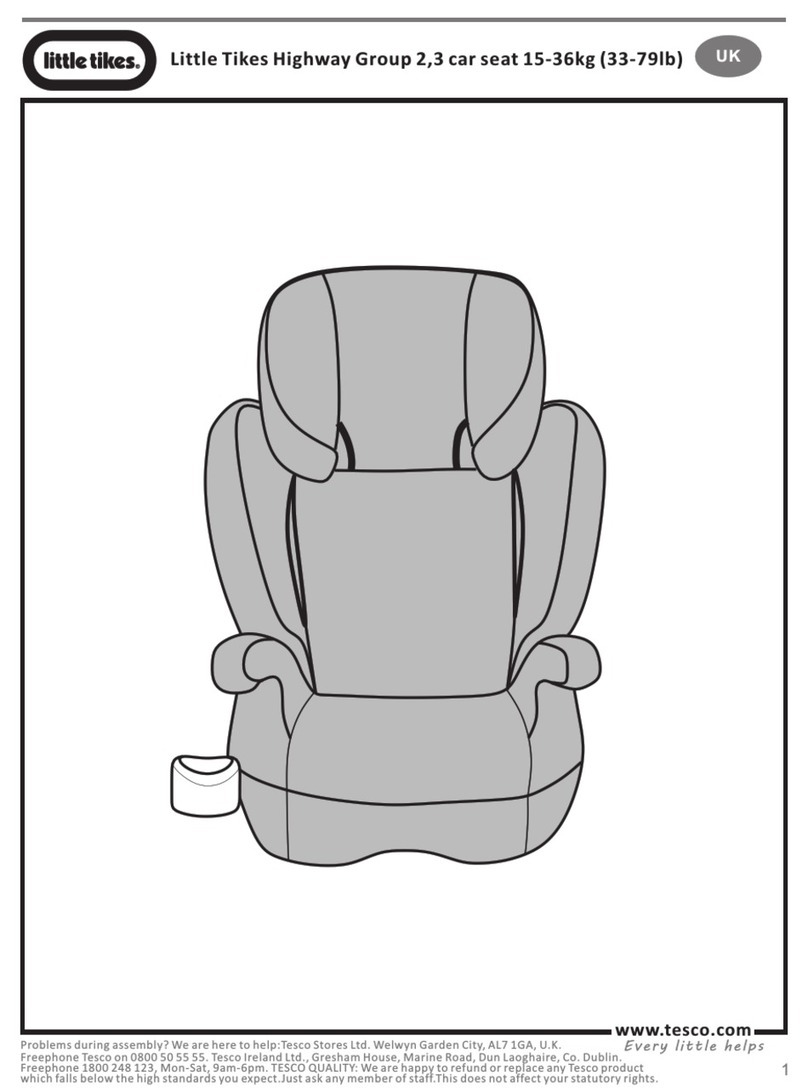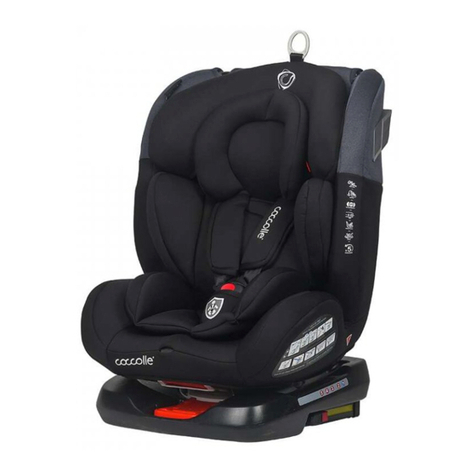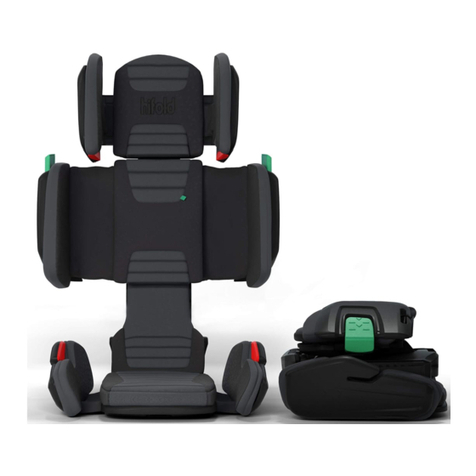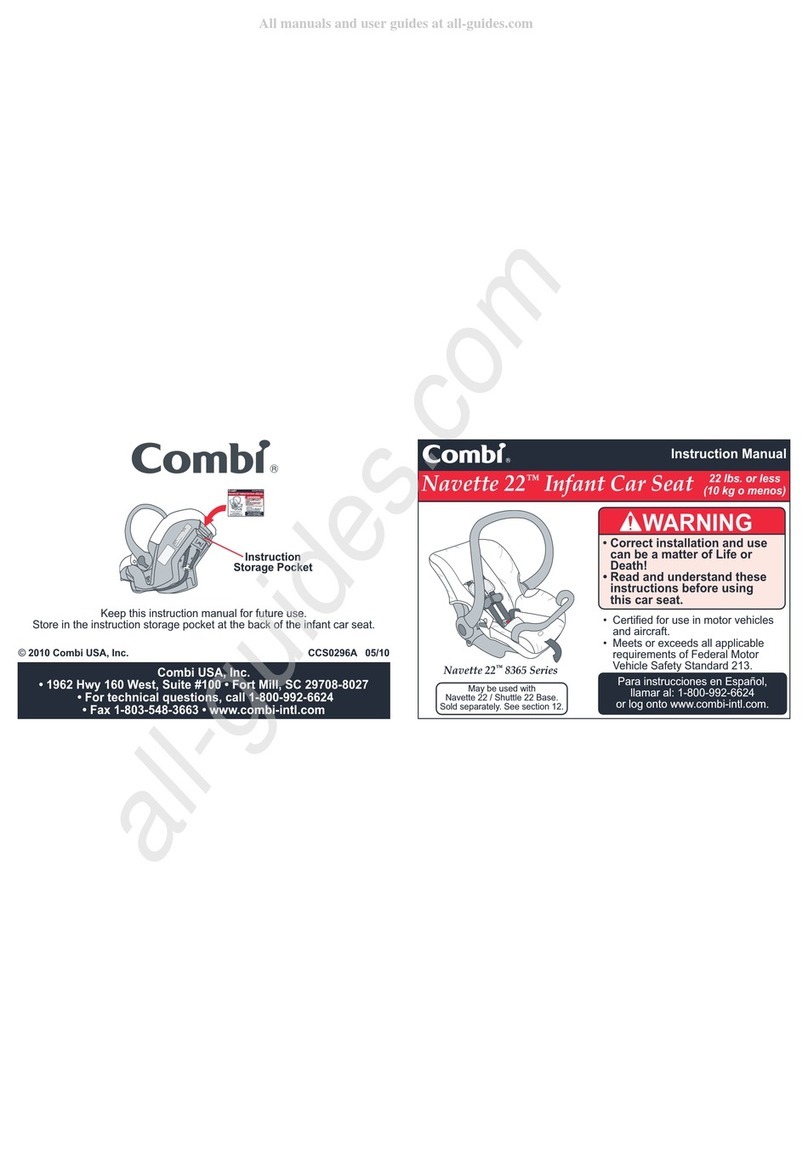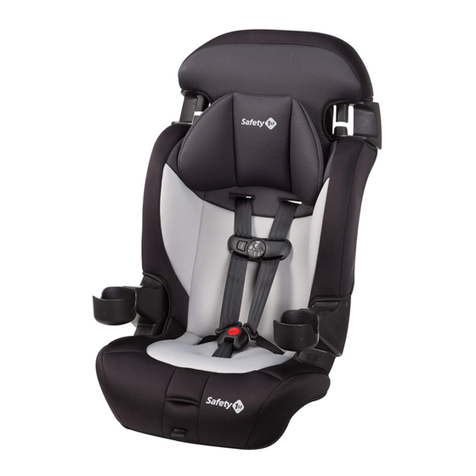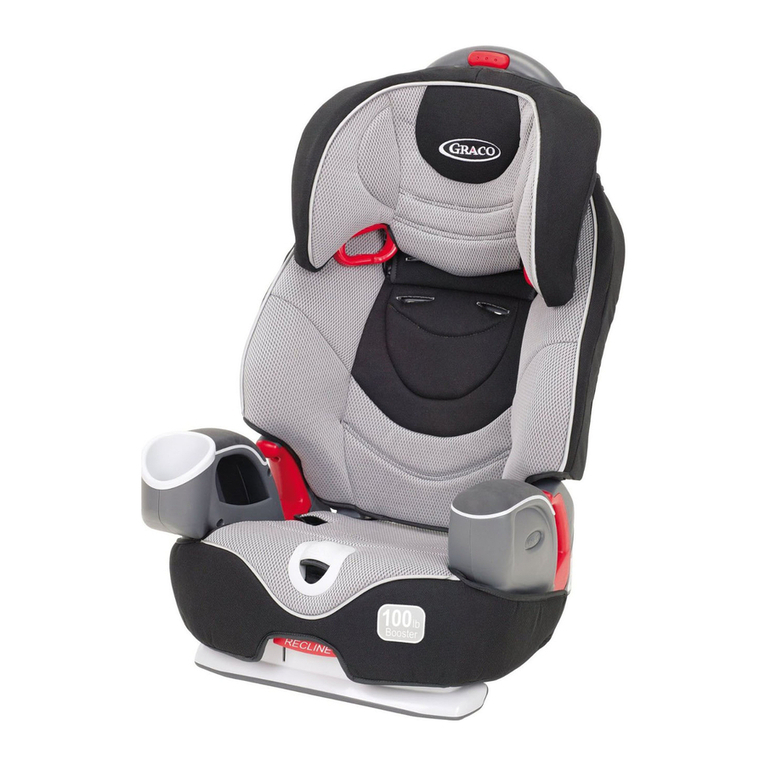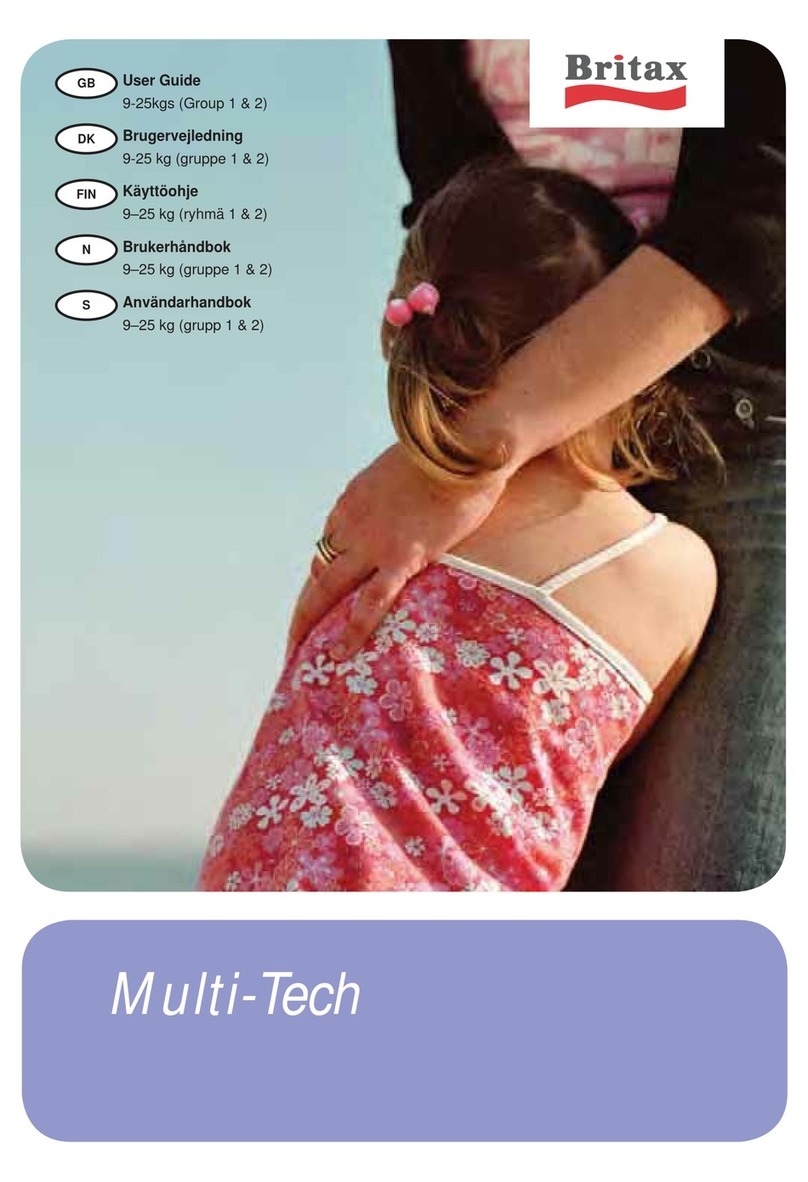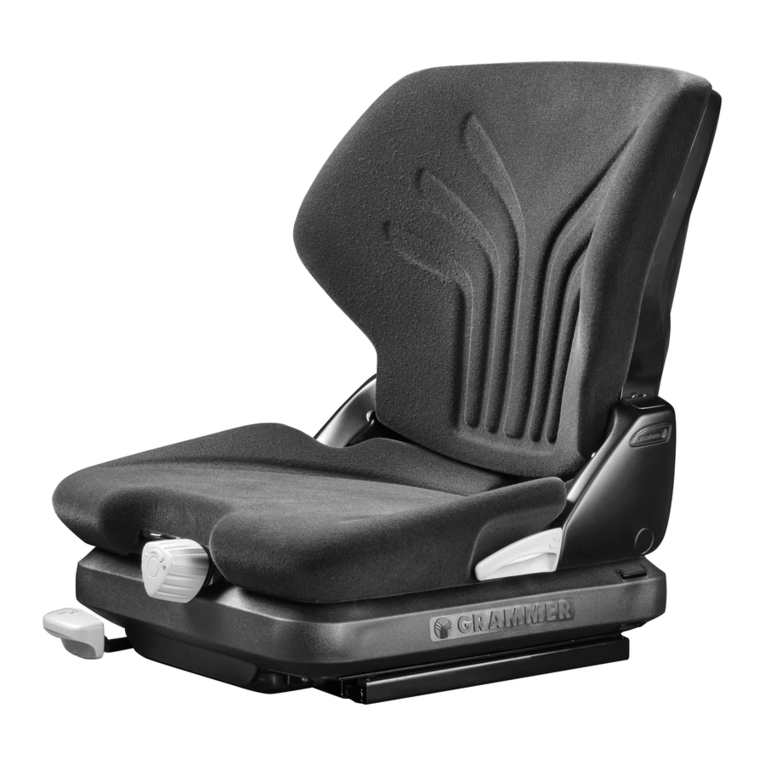
4
3
ADDITIONAL WARNINGSWARNINGS
GENERAL
WARNINGS
• Use the restraint exactly as shown in the instructions.
• Do not alter or modify this restraint.
• Repairs must only be done by the manufacturer or agent.
• Do not allow the restraint to come into contact with pol-
ishes, oils, bleach and other chemicals.
• Destroy the restraint if it has been in a severe crash, even if
no damage is visible.
• A loose harness or restraint is dangerous.
• Fit the restraint rmly to the car seat.
• DO NOT USE A REAR FACING CHILD RESTRAINT WHERE
AN AIRBAG IS FITTED IN FRONT OF THE SEATING POSI-
TION.
• DO NOT LEAVE CHILDREN UNATTENDED IN THE CAR
This child restraint is not approved for use with any connec-
tors that connect to the car’s ISOFIX low anchorages.
NOTE: The warnings on this page are required by the Austra-
lian and New Zealand Standard AS/NZS 1754 for this type of
child restraint.
Other warnings specic to this child restraint will be found on
the following pages and throughout these instructions.
TO BE USED WITH A LAP-SASH/LAP ONLY SEAT BELT IN THE BACK OF MOST
CARS WITH FORWARD FACING SEATS.
• When installed rearward facing this restraint is 710 mm long, 500 mm wide and 515
mm high. Check the measurement between the front of the seat back of the rear seat
and all front seats in the car in which the restraint is intended to be used to ensure the
space available is sufcient.
• Do not use seat belt extenders if the car seat belt is not long enough to secure the
child restraint. If the vehicle seat belt is not long enough to secure the restraint seek
advice from a child restraint tter.
• Read carefully the whole of the instructions for the installation, and in the event of
doubt about the method of installation, consult the child restraint manufacturer or
agent, or a child restraint tting station authorized by the relevant transport authority, or
in New Zealand, consult the agent for the vehicle.
• Aftermarket accessories (i.e. items not provided in the box with the child restraint),
may not have been tested for use with this child restraint and if used, may lower the
level of protection offered possibly leading to injury or death.
• Any aftermarket accessory used should be compliant with AS/NZS 8005 (Accesso-
ries for child restraints for use in motor vehicles) and stated as suitable for use with this
child restraint.
515 mm
710 mm
500 mm 500 mm 490 mm
850 mm
620 mm

